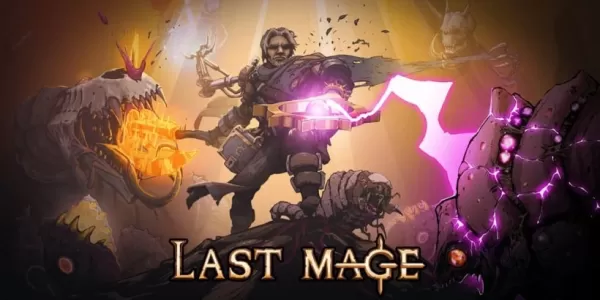James Gunn's "Superman": A Deep Dive into the All-Star Inspiration
The world is buzzing with anticipation for James Gunn's upcoming Superman film, starring David Corensworth, set for release on July 11, 2025. The first trailer has ignited excitement, promising a fresh take on the iconic DC hero. Gunn, serving as both writer and director, drew heavily from Grant Morrison's acclaimed 12-issue miniseries, All-Star Superman, a comic often cited as one of the greatest Superman stories ever told. This article delves into the reasons why All-Star Superman serves as such a compelling source material and what we might expect from its cinematic adaptation.
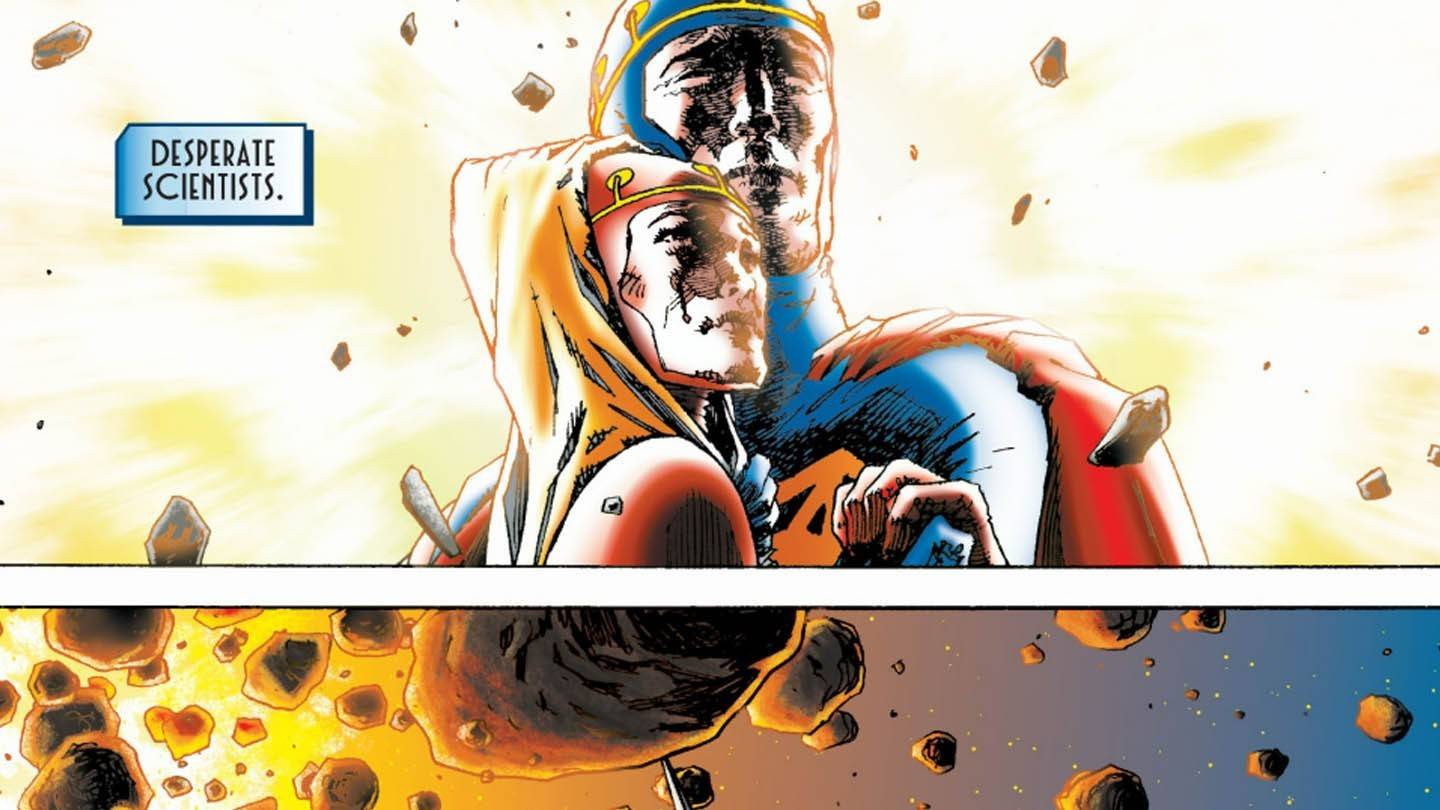
Morrison's Masterful Storytelling:
Morrison's brilliance lies in his economical storytelling. He masterfully encapsulates Superman's origin in just eight words and four images on the first page, a concise yet powerful depiction of love, hope, and faith. This minimalist approach continues throughout the series, exemplified by the concise yet impactful confrontation between Superman and Lex Luthor, where a lifetime of conflict is captured in a few panels. Morrison's skillful use of language, particularly his "haiku about unified field theory," further showcases his talent.
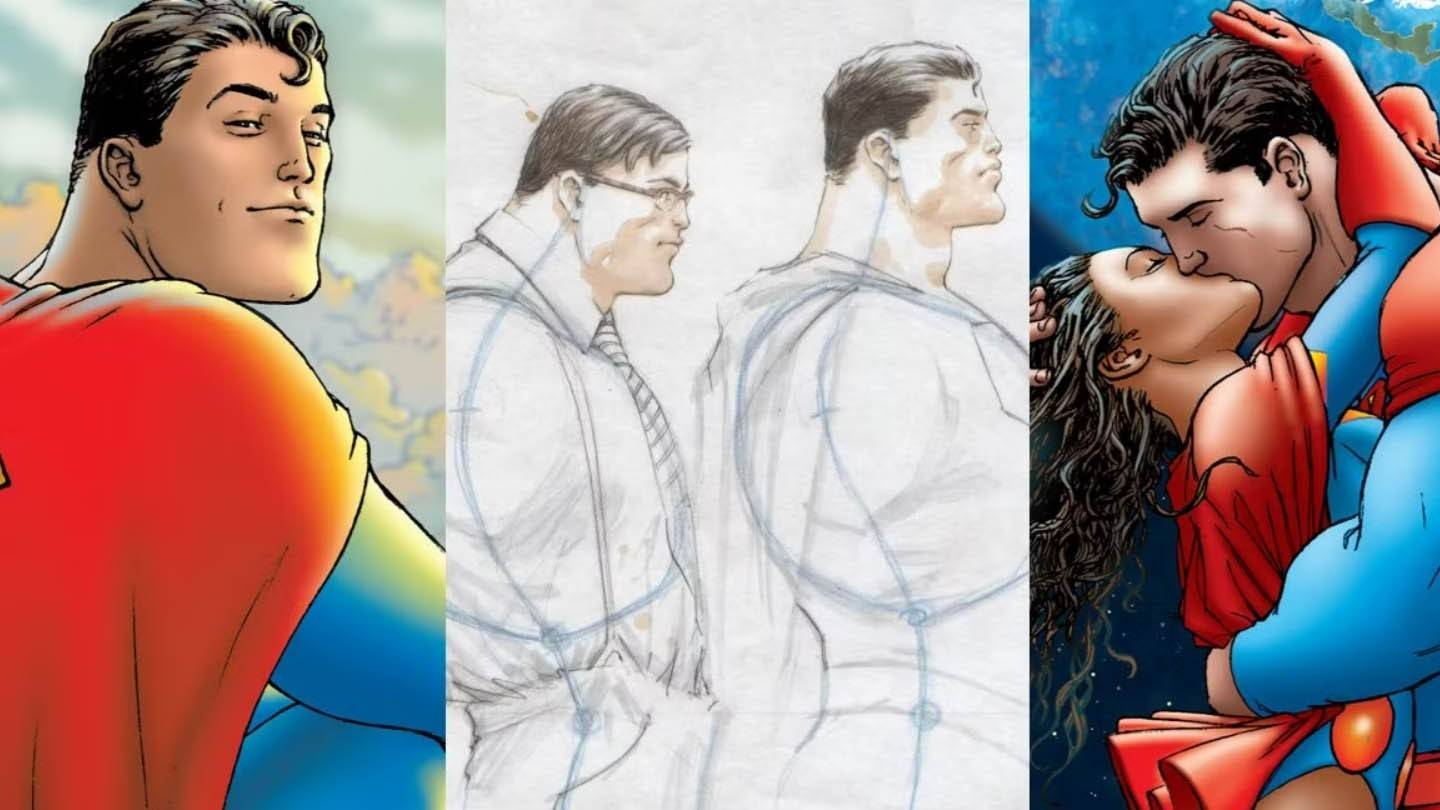
A Bridge to the Silver Age:
All-Star Superman cleverly acknowledges and recontextualizes the Silver Age of comics. Rather than dismissing the often-absurd storylines of the 1950s, Morrison uses them as a foundation, demonstrating how the past informs the present. The comic acts as a translation of the Silver Age for a modern audience, preserving its spirit while updating its narrative style.
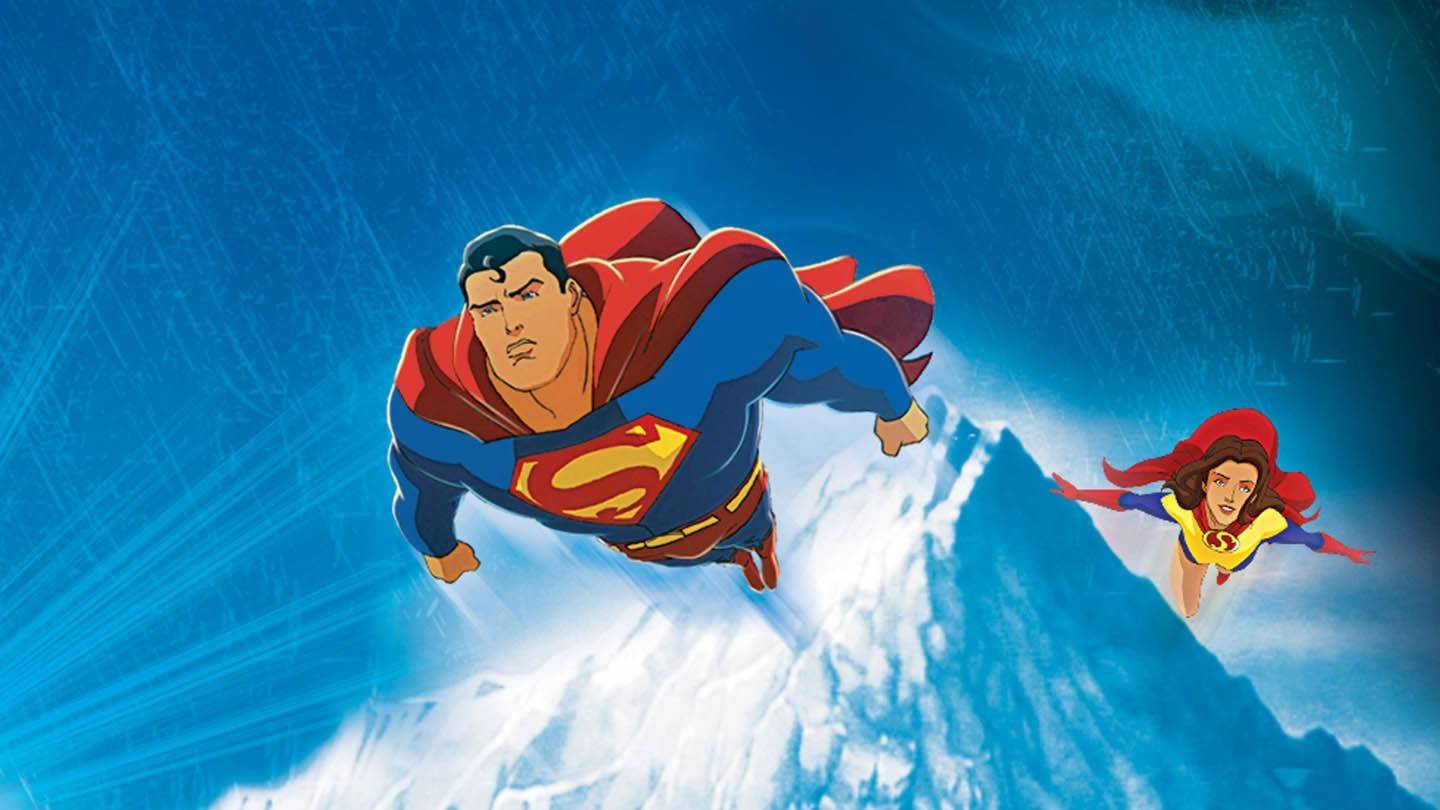
Beyond the Fights: A Story About People:
Unlike many superhero narratives that rely heavily on physical conflict, All-Star Superman focuses on the human element. Superman's struggles are less about defeating villains and more about his relationships with Lois, Jimmy Olsen, Lex Luthor, and his own mortality. The story emphasizes the impact Superman has on the lives of others, highlighting his compassion and unwavering optimism.
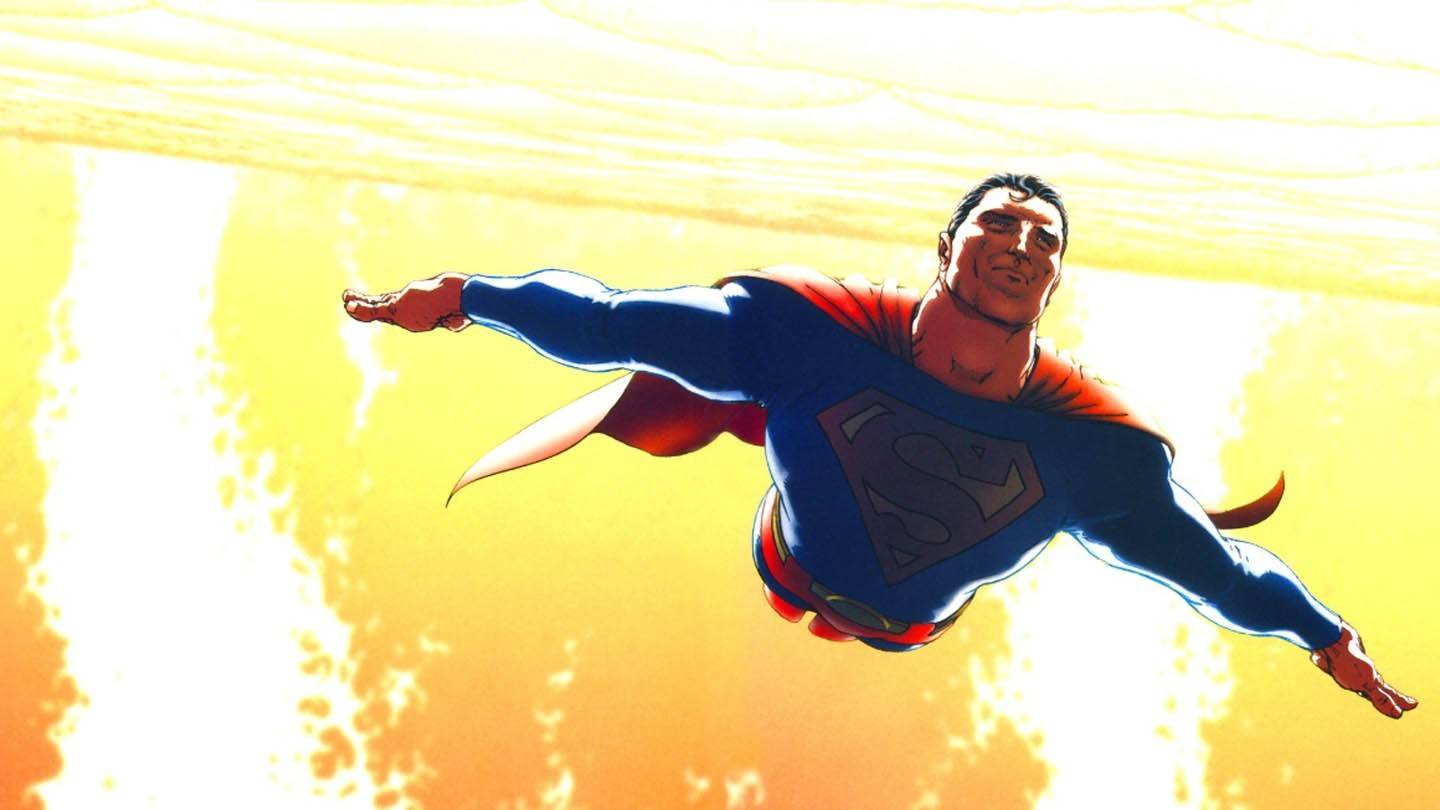
Past, Present, and Future:
The comic explores the intricate relationship between the past and the future. It demonstrates that neither escaping nor clinging to the past is the answer; rather, it's about learning from it and building upon its foundations. This theme adds a layer of depth and complexity to the narrative.
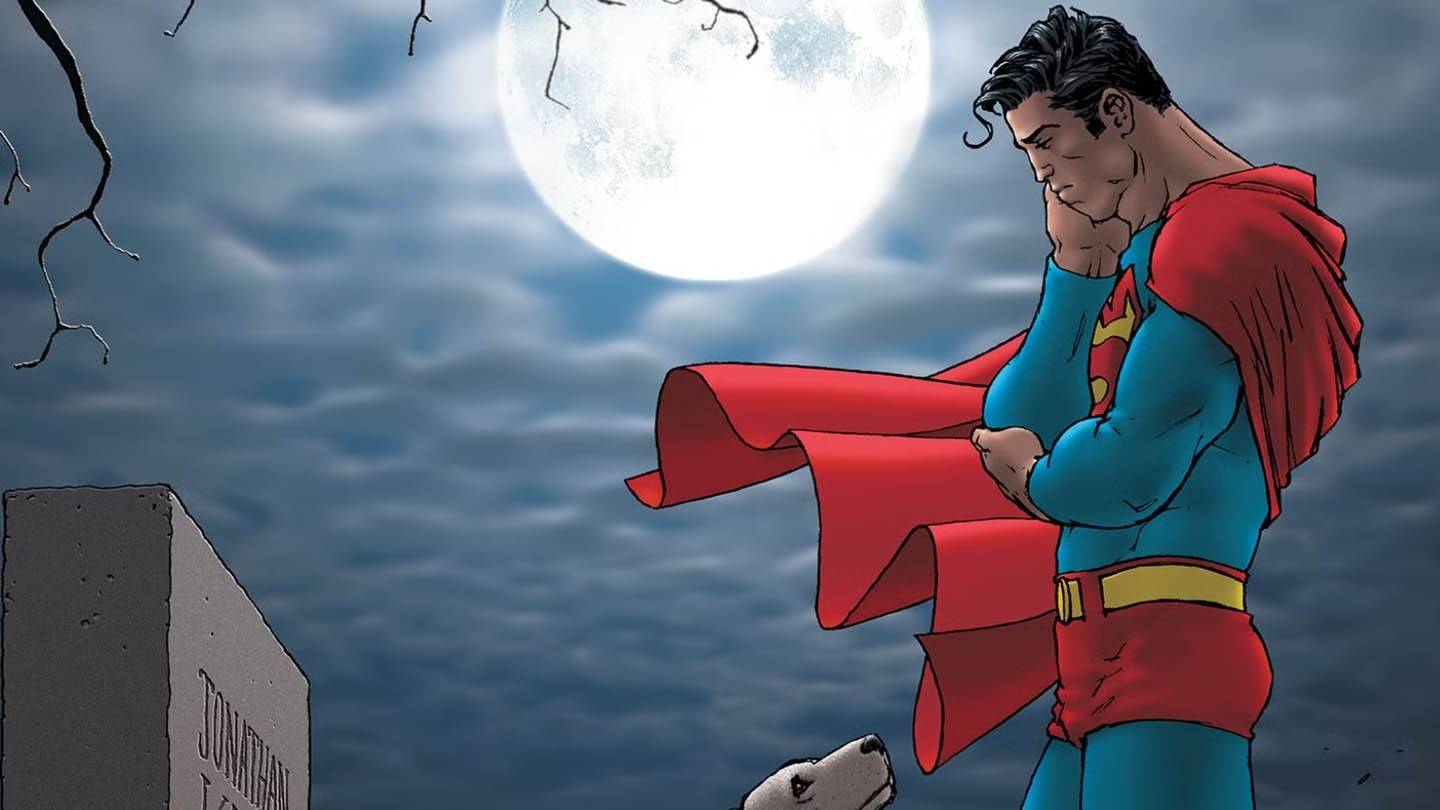
Breaking the Fourth Wall:
Morrison masterfully blurs the lines between the narrative and the reader. The comic directly addresses the audience, inviting them to actively participate in the story. This interaction culminates in the final issue, where Lex Luthor looks directly at the reader, prompting reflection on the nature of storytelling and our connection to the characters.
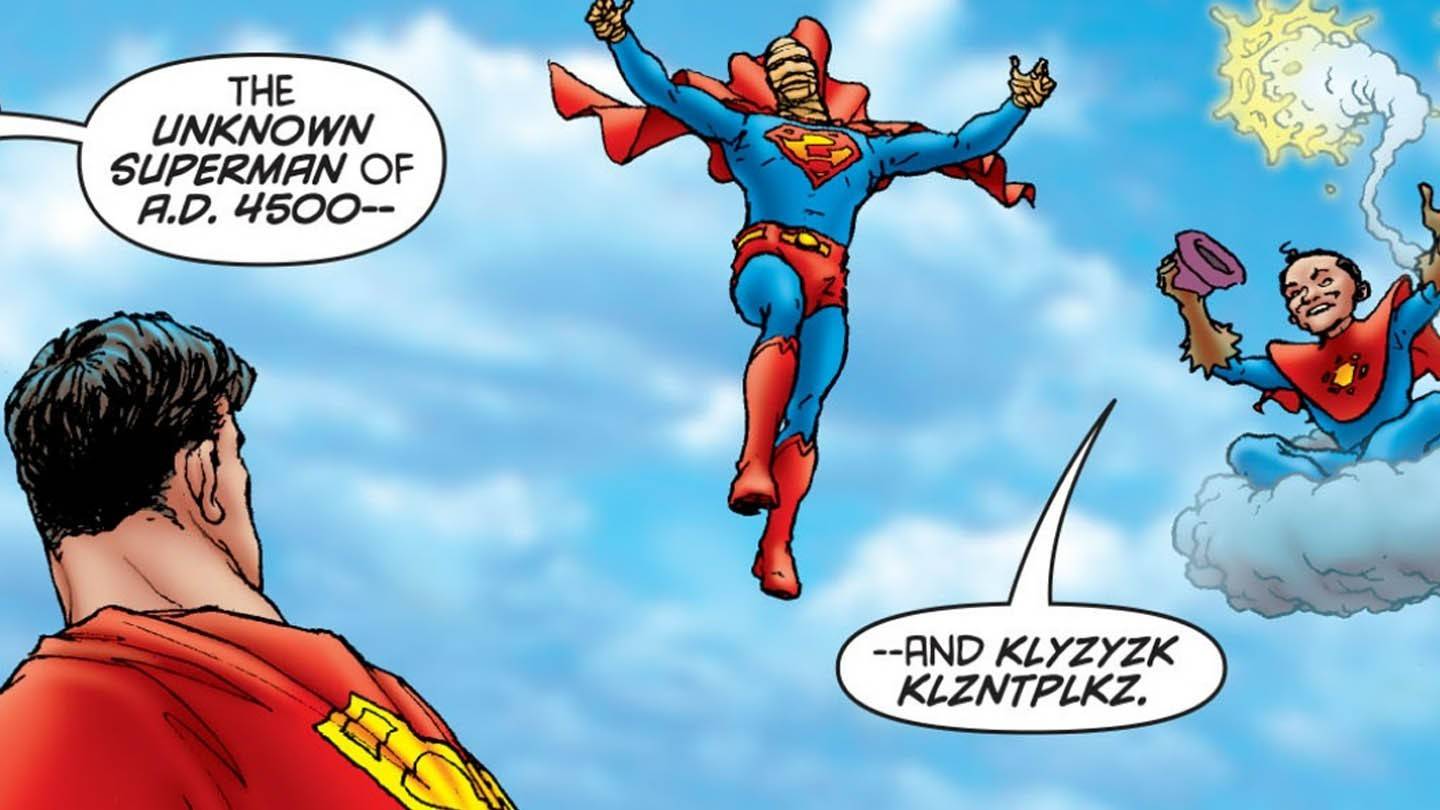
Boundless Optimism and Canon Formation:
All-Star Superman is infused with boundless optimism, even in the face of Superman's impending death. The twelve "feats" Superman undertakes throughout the story become a framework for the reader to construct their own interpretation of the narrative, mirroring the process of canon formation within the larger Superman mythos.
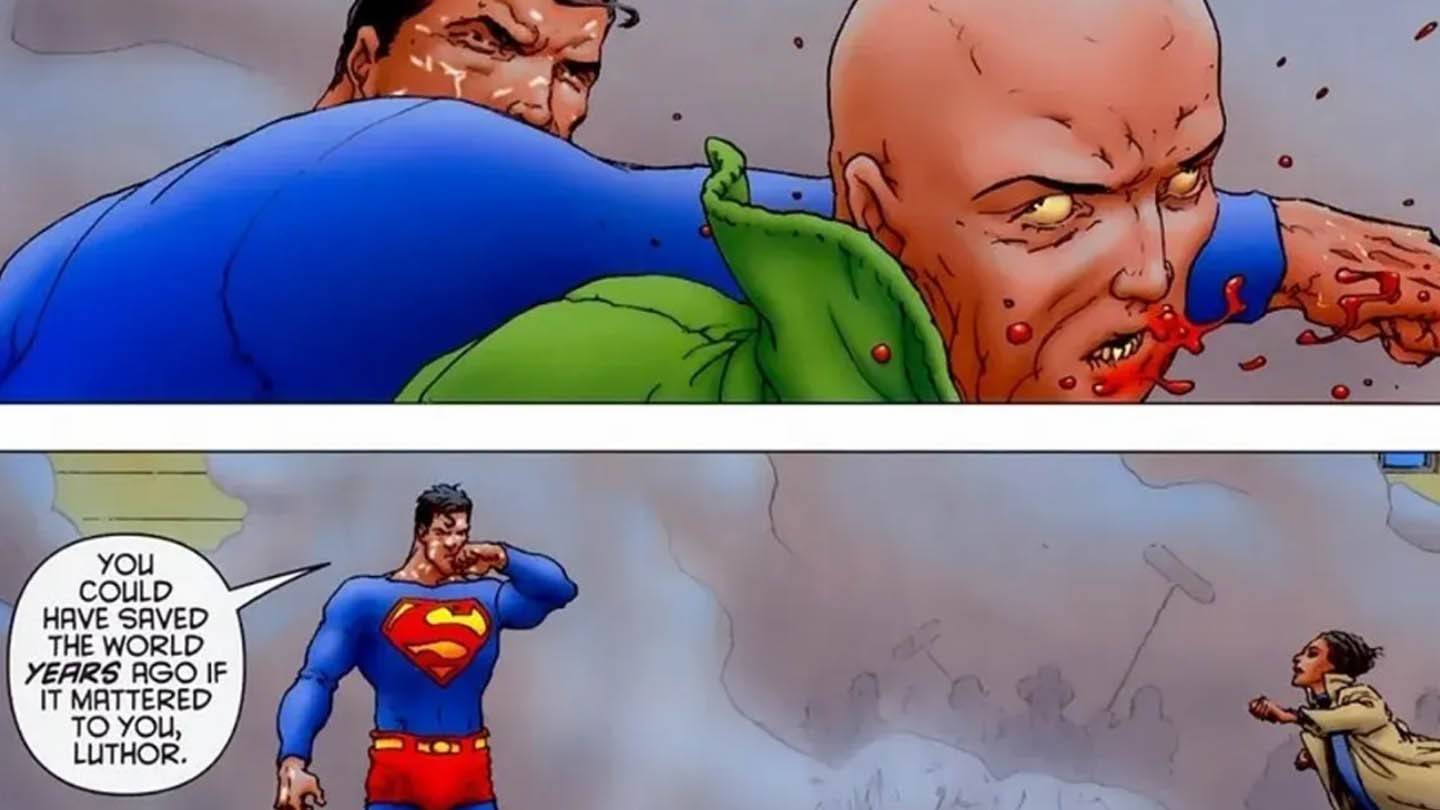
Conclusion:
All-Star Superman's unique blend of compelling characters, innovative storytelling, and philosophical depth makes it an ideal source material for a modern Superman film. Gunn's adaptation has the potential to be a bold and impactful reimagining of the iconic hero, capturing the essence of Morrison's masterpiece while bringing a fresh perspective to the DC Cinematic Universe.
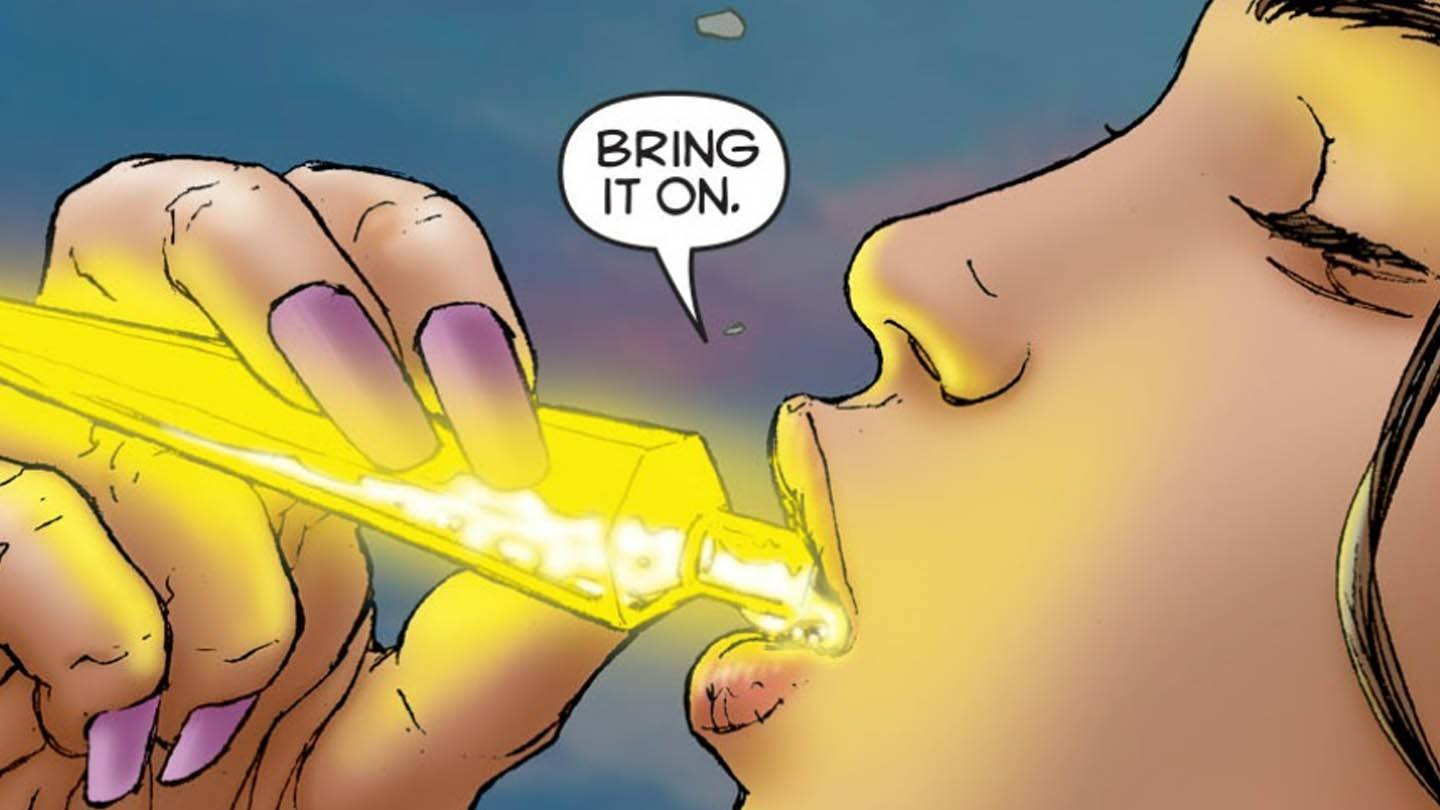

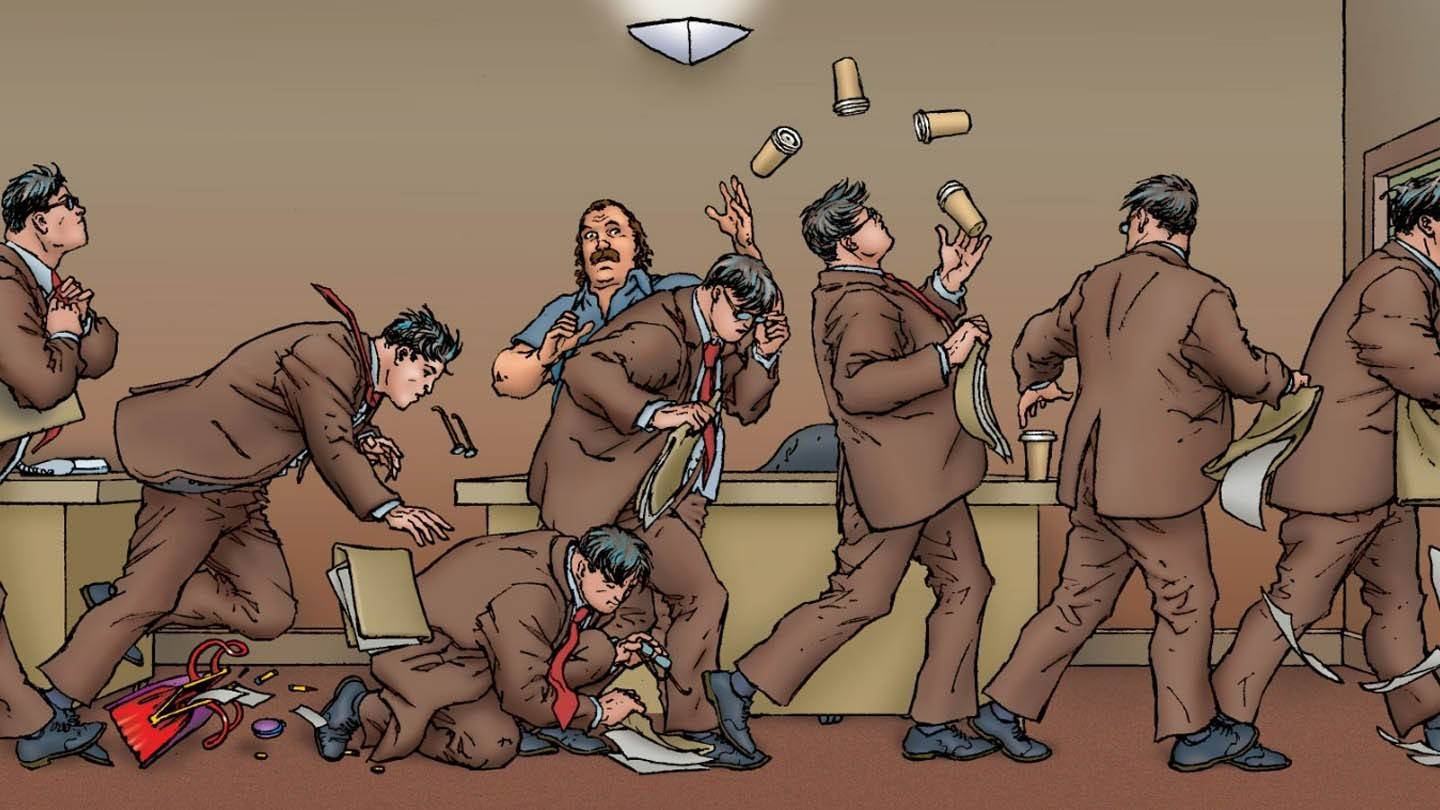
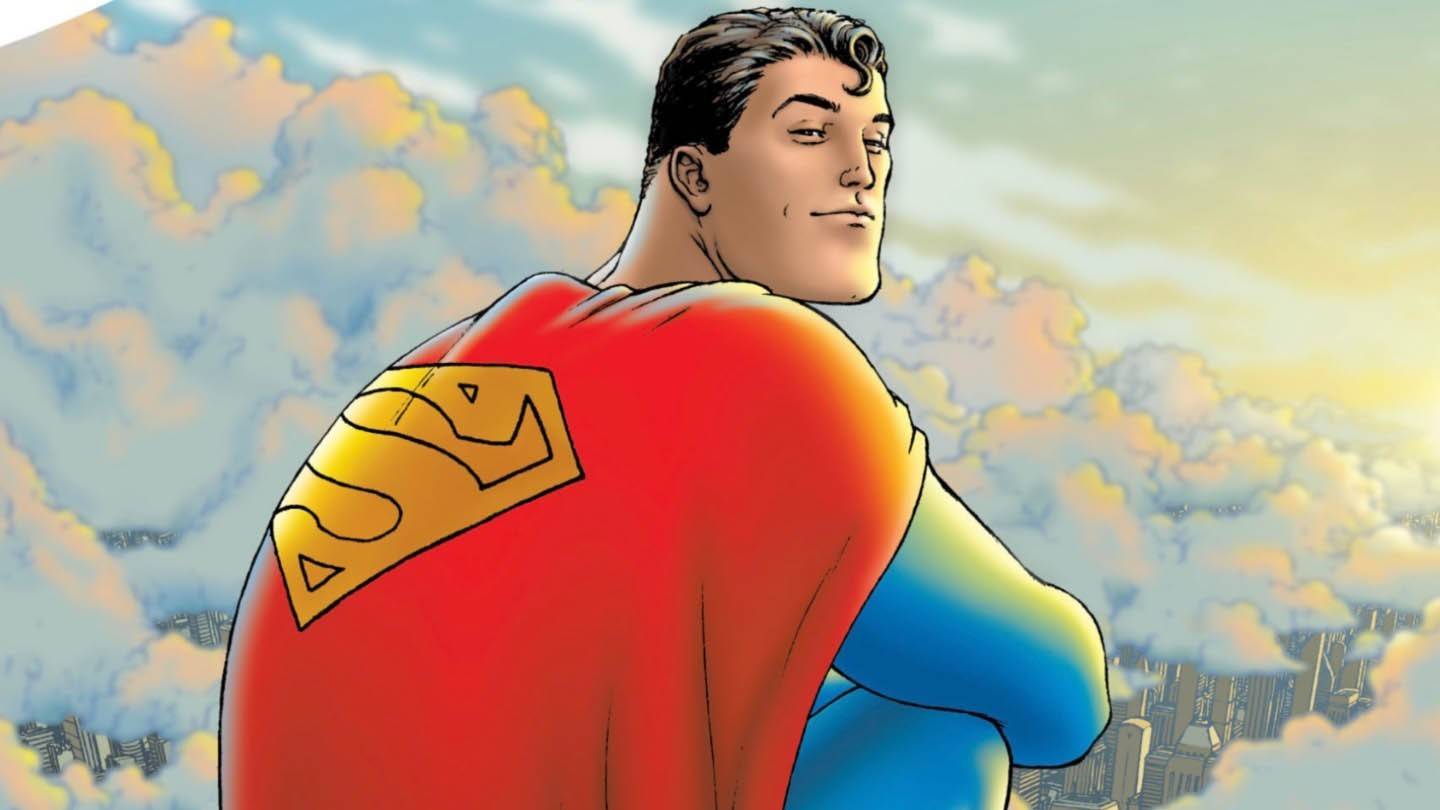

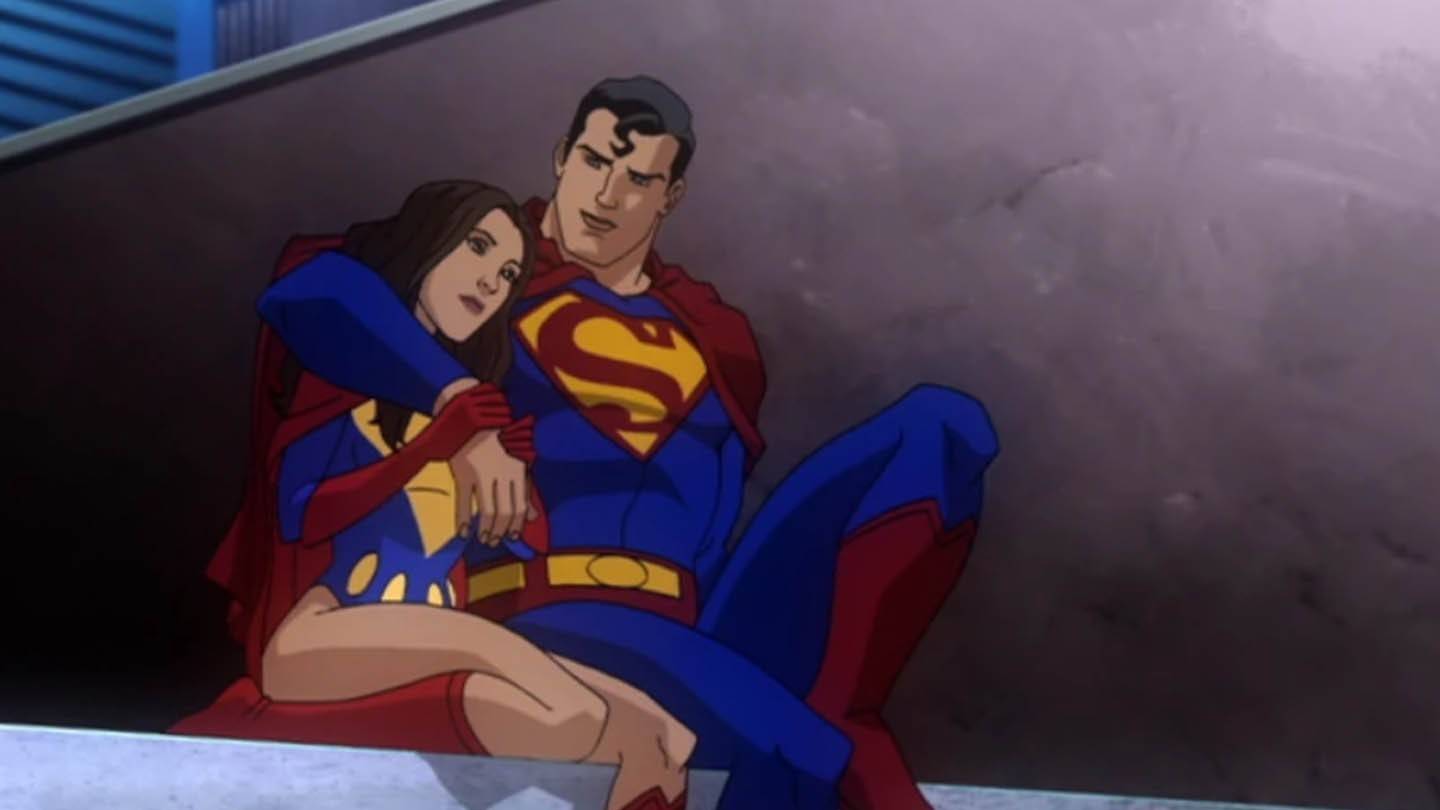














 LATEST ARTICLES
LATEST ARTICLES 